Home>Articles>What Size Whole House Surge Protector Do I Need
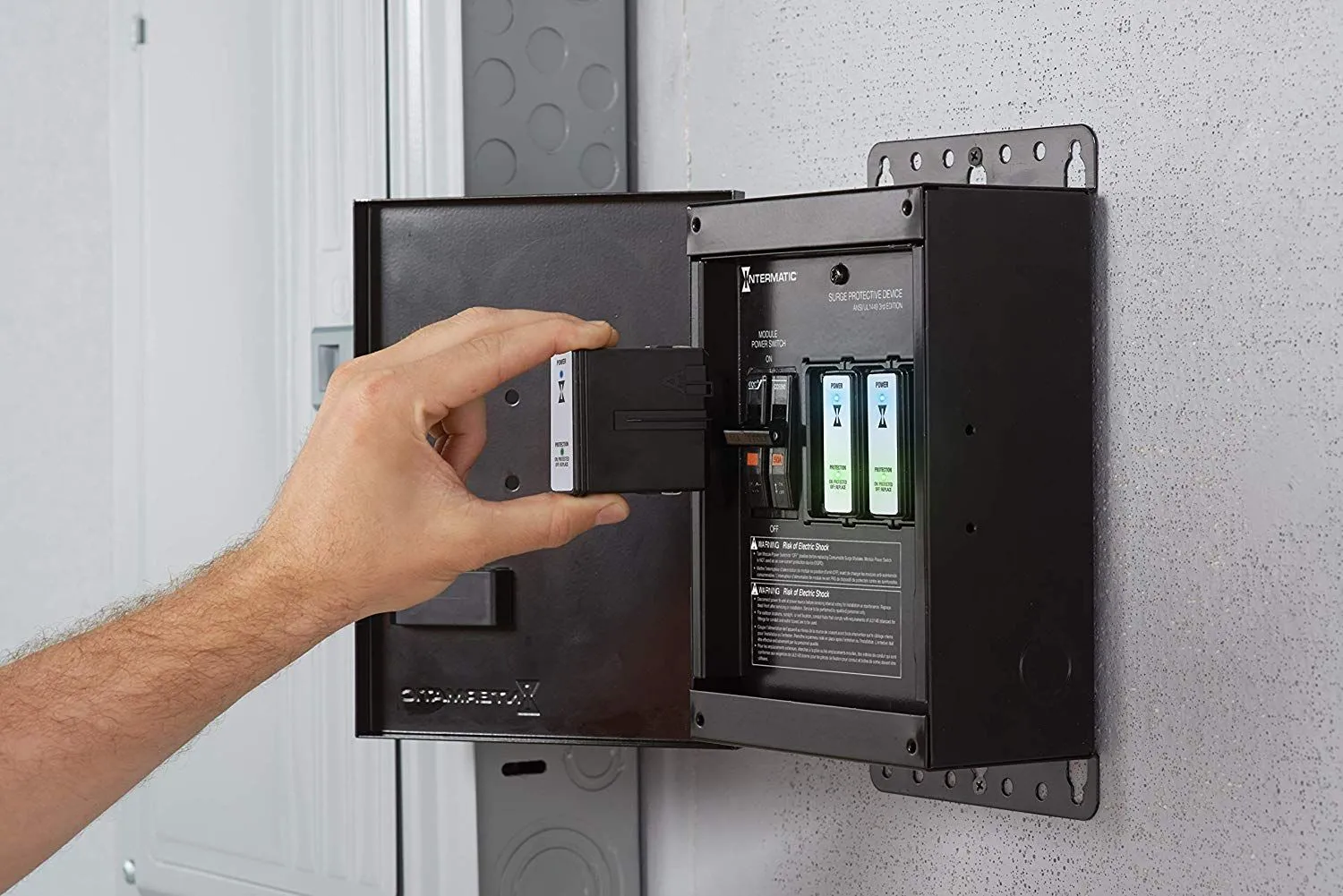

Articles
What Size Whole House Surge Protector Do I Need
Modified: October 22, 2024
Find out what size whole house surge protector you need with this informative article. Learn about different options and how to choose the right one for your home.
(Many of the links in this article redirect to a specific reviewed product. Your purchase of these products through affiliate links helps to generate commission for Storables.com, at no extra cost. Learn more)
Introduction
A whole house surge protector is an essential component in protecting your home’s electrical system and sensitive electronic devices from voltage spikes or surges caused by lightning strikes, power fluctuations, or electrical disturbances. These surges can cause significant damage to your appliances, computers, and other electronic equipment, leading to costly repairs or replacements.
Understanding the importance of a whole house surge protector and knowing what size you need is crucial in safeguarding your home and belongings. In this article, we will delve into the factors to consider when choosing a whole house surge protector and how to determine the appropriate size for your specific needs.
Before we dive into the details, it’s important to note that while power strips with surge protection offer basic protection for individual devices, a whole house surge protector provides comprehensive coverage for your entire home’s electrical system. It is installed at the main electrical panel, where it acts as a first line of defense against power surges.
Now, let’s explore the key factors you need to consider when selecting a whole house surge protector.
Key Takeaways:
- Choosing the right whole house surge protector size is crucial for safeguarding your home and electronics from damaging power surges. Factors such as total electrical load and surge protection needs play a key role in determining the appropriate size.
- Consulting with a professional electrician is highly recommended for accurate assessment, proper recommendation, and installation of a whole house surge protector. Their expertise ensures comprehensive protection and ongoing maintenance for your home and valuable electronic devices.
Read more: How To Install A Whole House Surge Protector
Understanding Whole House Surge Protectors
Whole house surge protectors are devices designed to protect your entire home from voltage spikes or surges that can occur in the electrical system. These surges can originate from various sources, such as lightning strikes, utility grid switching, or the operation of high-power electrical devices within your home.
Surge protectors work by diverting excess electrical energy to the ground, preventing it from reaching your appliances and electronics. They act as a barrier between the incoming electrical supply and your home, ensuring that only clean and safe power flows through your circuits.
Unlike power strips with surge protection, which offer limited protection for a few individual devices, whole house surge protectors are installed at the main electrical panel, providing comprehensive coverage for all the electrical circuits in your home.
These surge protectors are rated in terms of surge energy capacity, measured in joules. The higher the joule rating, the more energy the device can handle before it becomes overwhelmed. It’s recommended to choose a surge protector with a high joule rating to ensure optimal protection.
Additionally, whole house surge protectors are available in various types, such as component-based surge protectors or built-in surge protectors. Component-based surge protectors are installed alongside the main electrical panel and can accommodate higher joule ratings. Built-in surge protectors, on the other hand, are integrated into the electrical panel, providing a more streamlined and space-saving solution.
It’s important to note that while whole house surge protectors are effective in preventing damage to your electronics from external surges, they cannot protect against internal issues, such as faulty wiring or overloaded circuits. Regular electrical inspections and maintenance are essential to ensure your home’s electrical system is in good condition.
Now that we have a solid understanding of whole house surge protectors, let’s explore the factors that you should consider when choosing the right one for your home.
Factors to Consider When Choosing a Whole House Surge Protector
When selecting a whole house surge protector, there are several key factors that you should consider to ensure that you choose the right one for your home’s specific needs. Let’s take a closer look at these factors:
- Voltage Protection Rating: The voltage protection rating (VPR) indicates the surge protector’s ability to divert excessive voltage. It is recommended to choose a surge protector with a low VPR, as it provides better protection against high voltage spikes.
- Joule Rating: The joule rating determines the amount of energy the surge protector can absorb before it becomes overloaded. Opt for a surge protector with a higher joule rating to ensure maximum protection for your electrical system and devices.
- Clamping Voltage: The clamping voltage is the voltage level at which the surge protector starts diverting excess voltage. A lower clamping voltage means the surge protector will activate sooner, providing better protection against surges reaching your devices.
- Response Time: The response time refers to how quickly the surge protector reacts to voltage spikes. Look for a surge protector with a fast response time, as it can minimize the duration and impact of voltage surges on your home’s electrical system and devices.
- Installation and Maintenance: Consider the ease of installation and any maintenance requirements for the surge protector. Some models require professional installation, while others are more user-friendly. Regular maintenance, such as checking the status indicators, is crucial to ensure the surge protector is functioning correctly.
- Warranty: Check the warranty offered by the manufacturer. A longer warranty period indicates the manufacturer’s confidence in the reliability and performance of the surge protector.
- Budget: Set a budget for your whole house surge protector. While it’s important to invest in a reliable and high-quality surge protector, consider your budget constraints and find a balance between cost and performance.
By considering these factors, you can make an informed decision and choose a whole house surge protector that provides robust protection for your home’s electrical system and valuable electronic devices.
Determining the Size of Whole House Surge Protector Needed
Choosing the right size for your whole house surge protector is crucial to ensure it can effectively handle the electrical demand of your home and provide adequate protection against power surges. Here are some steps you can follow to determine the size needed:
- Calculate the Total Electrical Load: Start by calculating the total electrical load of your home. This includes all the appliances, electronics, and devices that consume electricity. You can find this information on the product labels or by referring to the owner’s manual. Add up the wattage or amperage ratings of each device to get the total electrical load in watts or amps.
- Estimate Surge Protection Needs: Consider the level of surge protection required for your home. This can vary depending on factors such as the frequency of lightning strikes in your area, the stability of the utility grid, and the sensitivity of your electronic devices. It’s generally recommended to choose a surge protector with a higher surge current capacity to provide an ample safety margin.
- Consulting with a Professional Electrician: For accurate sizing and proper installation, it’s advisable to consult with a professional electrician. They can assess your home’s electrical system, take into account any specific requirements or constraints, and recommend the appropriate size and type of surge protector that meets your needs.
Beyond these steps, it’s important to keep in mind that the size of the surge protector also depends on the electrical panel capacity and the available space for installation. It’s essential to choose a surge protector that is compatible with your electrical panel and can be installed safely.
Moreover, it’s worth noting that whole house surge protectors come in different sizes and configurations to accommodate various electrical loads. Some models may offer expandable options that allow for future enhancements or additions, providing flexibility for changing electrical demands.
By taking these steps and consulting with a professional electrician, you can determine the size of the whole house surge protector that suits your home’s electrical requirements, ensuring comprehensive protection against power surges and minimizing the risk of damage to your electrical system and devices.
When choosing a whole house surge protector, consider the size of your electrical panel and the level of protection you need. A higher joule rating provides better protection for larger homes with more electronics.
Calculating the Total Electrical Load
In order to determine the appropriate size of a whole house surge protector for your home, it is important to calculate the total electrical load. This involves determining the amount of power consumed by all the appliances, electronics, and devices in your home.
Here are the steps to calculate the total electrical load:
- List all electrical devices: Begin by creating a list of all the electrical devices in your home. This includes major appliances such as refrigerators, ovens, and air conditioners, as well as smaller devices like televisions, computers, and lamps. It’s important to include everything that consumes electricity, no matter how small or infrequently used.
- Assign power ratings: For each device, find the power rating, typically listed in watts or amperes. This information can be found on the device itself or in the owner’s manual. If the rating is given in amperes, you can convert it to watts by multiplying it by the voltage of your electrical system (usually 120V in the United States).
- Calculate power consumption: Multiply the power rating of each device by the number of hours it is used per day. This will give you the energy consumption in watt-hours per day for each device. For example, if a device consumes 100 watts and is used for 4 hours a day, the energy consumption would be 400 watt-hours per day.
- Add up the total: Sum up the energy consumption of all devices to find the total electrical load of your home. This will give you a rough estimate of how much power your electrical system needs to handle.
Keep in mind that the total electrical load may fluctuate throughout the day as devices are turned on and off. It’s a good idea to consider the peak load, which is the maximum power demand that can occur simultaneously in your home. This ensures that the surge protector can handle the highest possible electrical load.
Calculating the total electrical load provides valuable information when determining the size of a whole house surge protector. It helps ensure that the surge protector can handle the power demands of your home without being overwhelmed, providing effective protection against power surges and safeguarding your valuable electronic equipment.
Read also: 10 Best Whole House Surge Protector for 2024
Estimating Surge Protection Needs
When choosing a whole house surge protector, it is important to estimate your surge protection needs to ensure that your home and electronic devices are adequately protected against power surges. Here are some factors to consider when estimating your surge protection needs:
- Frequency of lightning strikes: Determine how frequently lightning strikes occur in your area. Regions with high lightning activity may require more robust surge protection to safeguard against the potential damage caused by direct or nearby lightning strikes.
- Utility grid stability: Assess the stability of your local utility grid. If your area experiences frequent power outages, voltage fluctuations, or other grid-related issues, it is important to choose a surge protector that can handle these electrical disturbances to prevent damage to your electrical system and devices.
- Sensitivity of your electronic devices: Consider the sensitivity of the electronic devices in your home. Certain devices, such as computers, televisions, and home theater systems, may be more susceptible to power surges and require enhanced surge protection to ensure their longevity and performance.
- Value of your electronic equipment: Evaluate the monetary value of your electronic equipment. If you have expensive or high-end devices, it is advisable to invest in a whole house surge protector with a higher surge current capacity. This ensures that the surge protector can absorb and divert a larger surge of electrical energy, minimizing the risk of damage to your valuable equipment.
- Future expansion plans: Consider any future expansion plans or additions to your home. If you anticipate adding new appliances or electronic devices in the future, it’s essential to choose a surge protector that can accommodate the increased electrical load without compromising its protective capabilities.
By considering these factors, you can estimate your surge protection needs and select an appropriate whole house surge protector that offers the necessary level of protection for your specific situation. It’s important to choose a surge protector with a surge current capacity that exceeds your estimated needs to provide an additional margin of safety.
Remember, a whole house surge protector acts as your first line of defense against power surges, protecting not only your electronic devices but also your home’s electrical system. Investing in the right surge protection can help prolong the lifespan of your equipment, save you from costly repairs or replacements, and provide you with peace of mind knowing that your home is guarded against unpredictable electrical surges.
Consulting with a Professional Electrician
When it comes to selecting and installing a whole house surge protector, consulting with a professional electrician is highly recommended. They have the expertise and knowledge to assess your home’s electrical system, understand your specific needs, and recommend the most suitable surge protector for your situation. Here’s why consulting with a professional electrician is essential:
- Accurate assessment: An electrician will evaluate your electrical system to determine its capacity and identify any potential vulnerabilities that may require additional surge protection. They can assess the wiring, circuit breakers, grounding, and other components to ensure compatibility and proper installation of the surge protector.
- Recommendation: Based on their assessment, an electrician will recommend the appropriate size and type of surge protector that meets your needs. They have experience working with various surge protection devices and can guide you towards selecting a reliable and effective solution.
- Professional installation: Fitting a whole house surge protector requires technical expertise. An electrician will ensure proper installation, making sure that all connections are secure, and that the surge protector is accurately installed at the main electrical panel. They will follow all safety protocols and adhere to local electrical codes during the installation process.
- Comprehensive protection: By consulting with an electrician, you can ensure that your selected surge protector provides comprehensive protection for your entire home’s electrical system, including all circuits and devices. They can help you choose from various surge protection options, such as component-based or built-in surge protectors, to cater to your specific needs and budget.
- Maintenance and support: An electrician can provide guidance on the proper maintenance of your surge protector. They can explain how to monitor its status indicators, conduct regular inspections, and address any potential issues that may arise. They can also assist with any troubleshooting or repairs, ensuring the continued effectiveness of the surge protector.
By consulting with a professional electrician, you can have peace of mind knowing that your surge protection needs are addressed by a trained and experienced expert. Their expertise ensures that the surge protector is correctly sized, properly installed, and effectively protects your home and valuable electronic equipment from damaging electrical surges.
Remember, electricity can be dangerous, so attempting to install a whole house surge protector on your own without the necessary knowledge and experience can pose risks. It’s best to leave it to the professionals to ensure a safe and reliable installation.
Conclusion
Choosing the right size whole house surge protector is essential in safeguarding your home’s electrical system and sensitive electronic devices from damaging power surges. By understanding the key factors to consider and following a systematic approach, you can make an informed decision that ensures optimal surge protection for your home.
We first explored the importance of whole house surge protectors in protecting your home from voltage spikes and surges caused by various sources. These devices serve as a first line of defense, diverting excess electrical energy and preventing it from reaching your appliances and electronics.
Next, we discussed the factors to consider when choosing a whole house surge protector, including the voltage protection rating, joule rating, clamping voltage, response time, installation and maintenance requirements, warranty, and budget. These factors help you evaluate the performance and reliability of surge protectors to make an informed decision.
We then discussed the process of determining the size of the surge protector needed, emphasizing the importance of calculating the total electrical load of your home and estimating your surge protection needs based on factors such as lightning strikes, utility grid stability, and the value of your electronic equipment.
Finally, we highlighted the significance of consulting with a professional electrician throughout the selection and installation process. Their expertise ensures accurate assessment, proper recommendation and installation, and ongoing maintenance and support for your surge protector.
In conclusion, a whole house surge protector is an essential investment to protect your home and electronics from power surges. By considering the factors discussed and consulting with a professional electrician, you can choose the right size surge protector that provides comprehensive protection and peace of mind for your home and valuable electronic devices.
Frequently Asked Questions about What Size Whole House Surge Protector Do I Need
Was this page helpful?
At Storables.com, we guarantee accurate and reliable information. Our content, validated by Expert Board Contributors, is crafted following stringent Editorial Policies. We're committed to providing you with well-researched, expert-backed insights for all your informational needs.

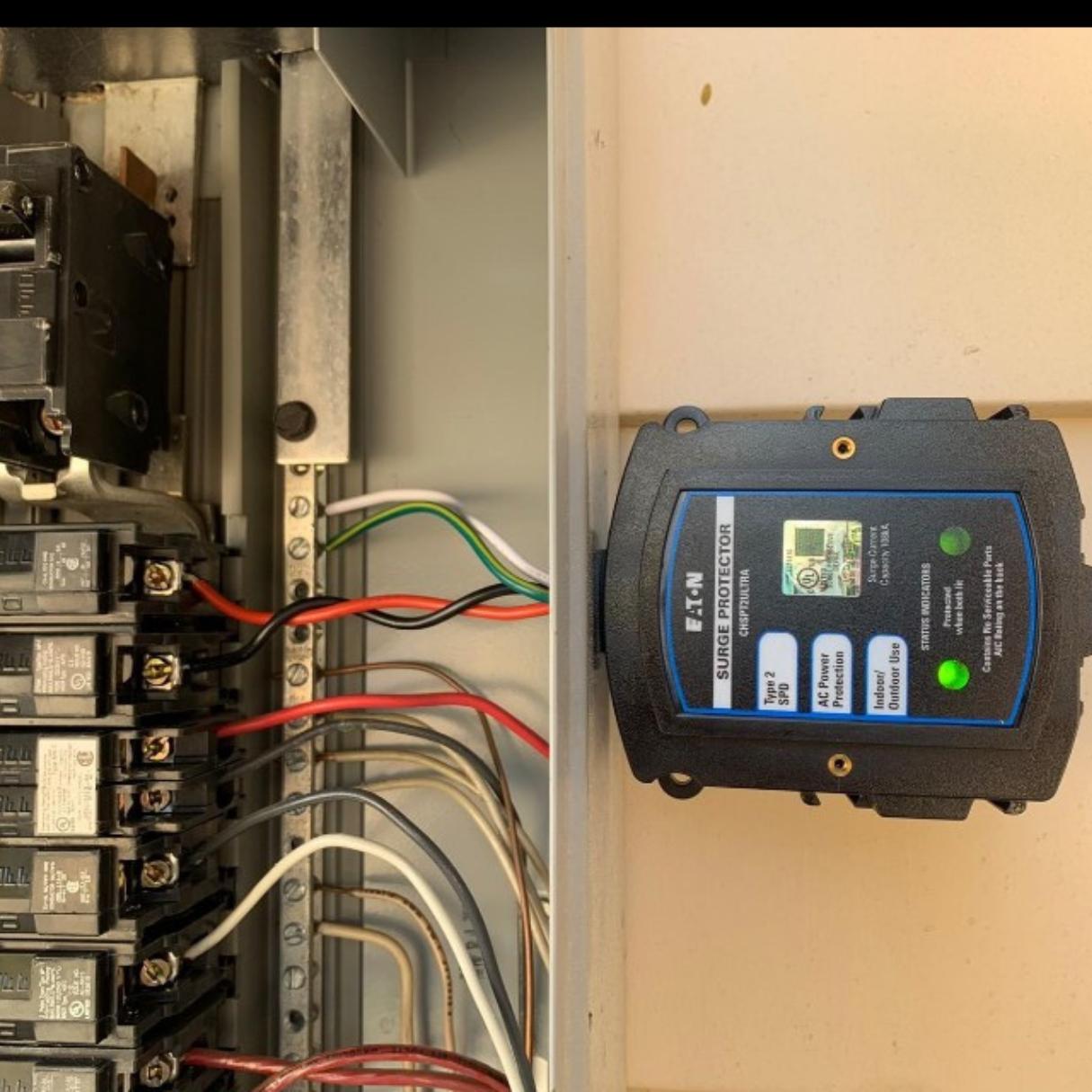
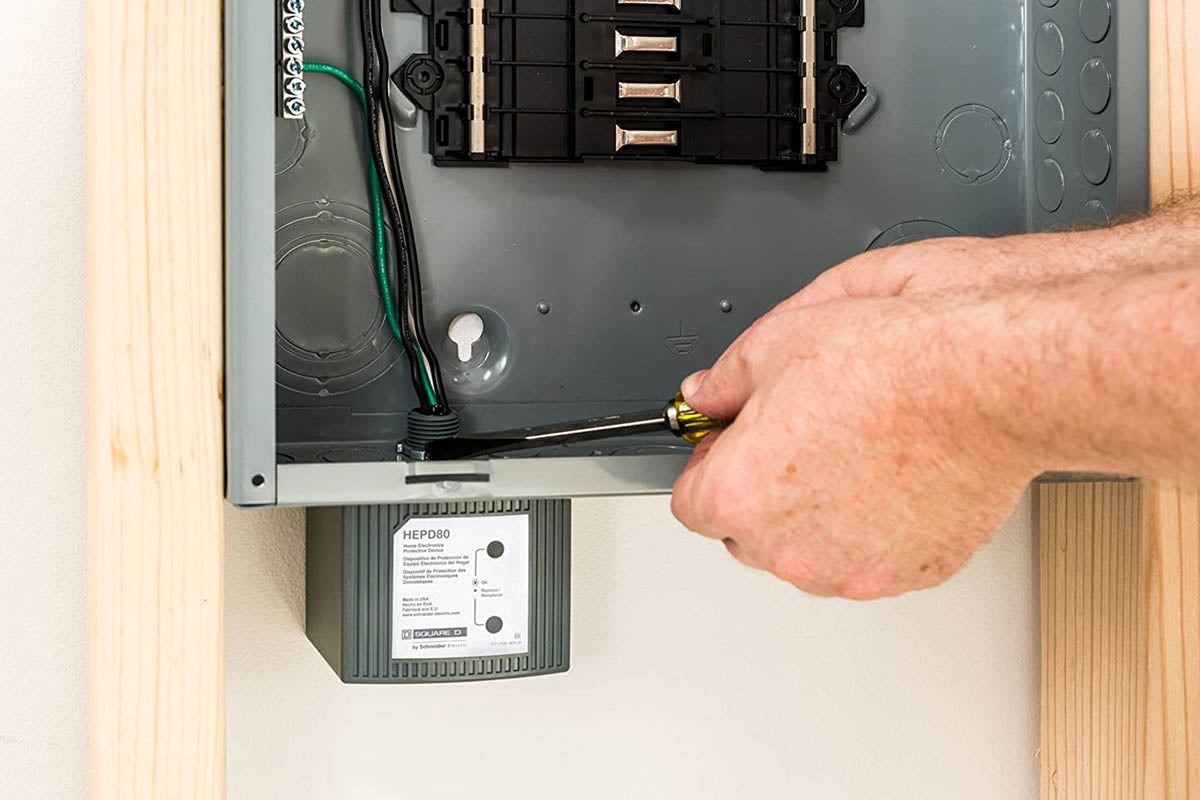
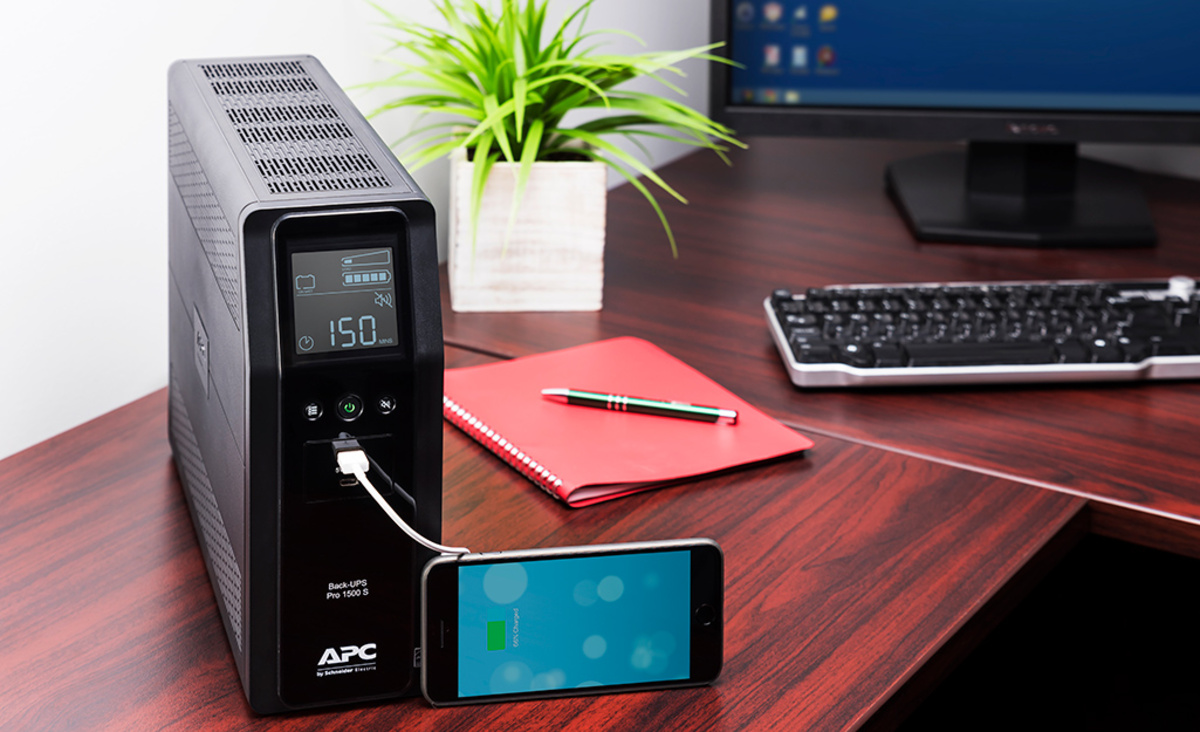
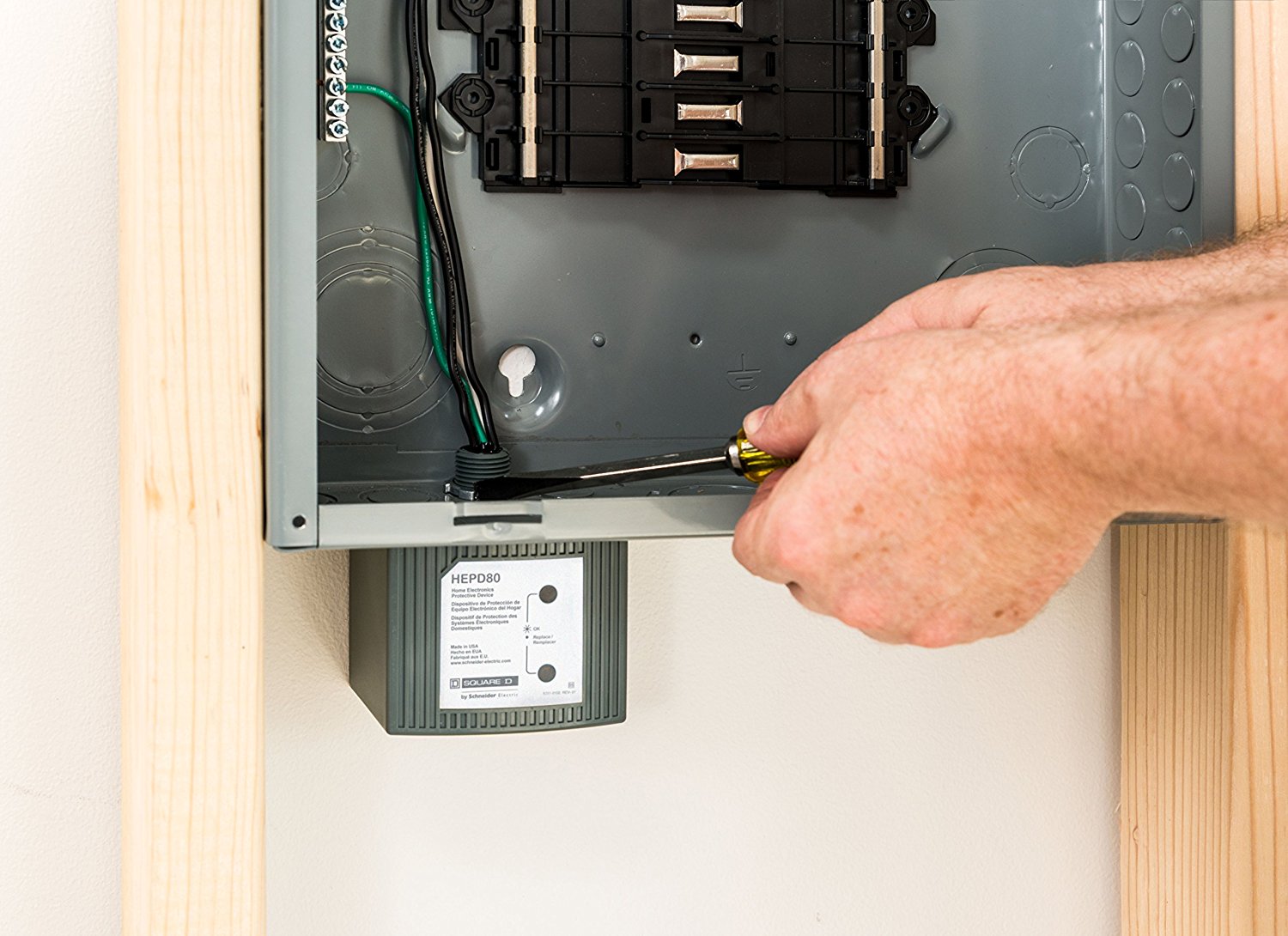
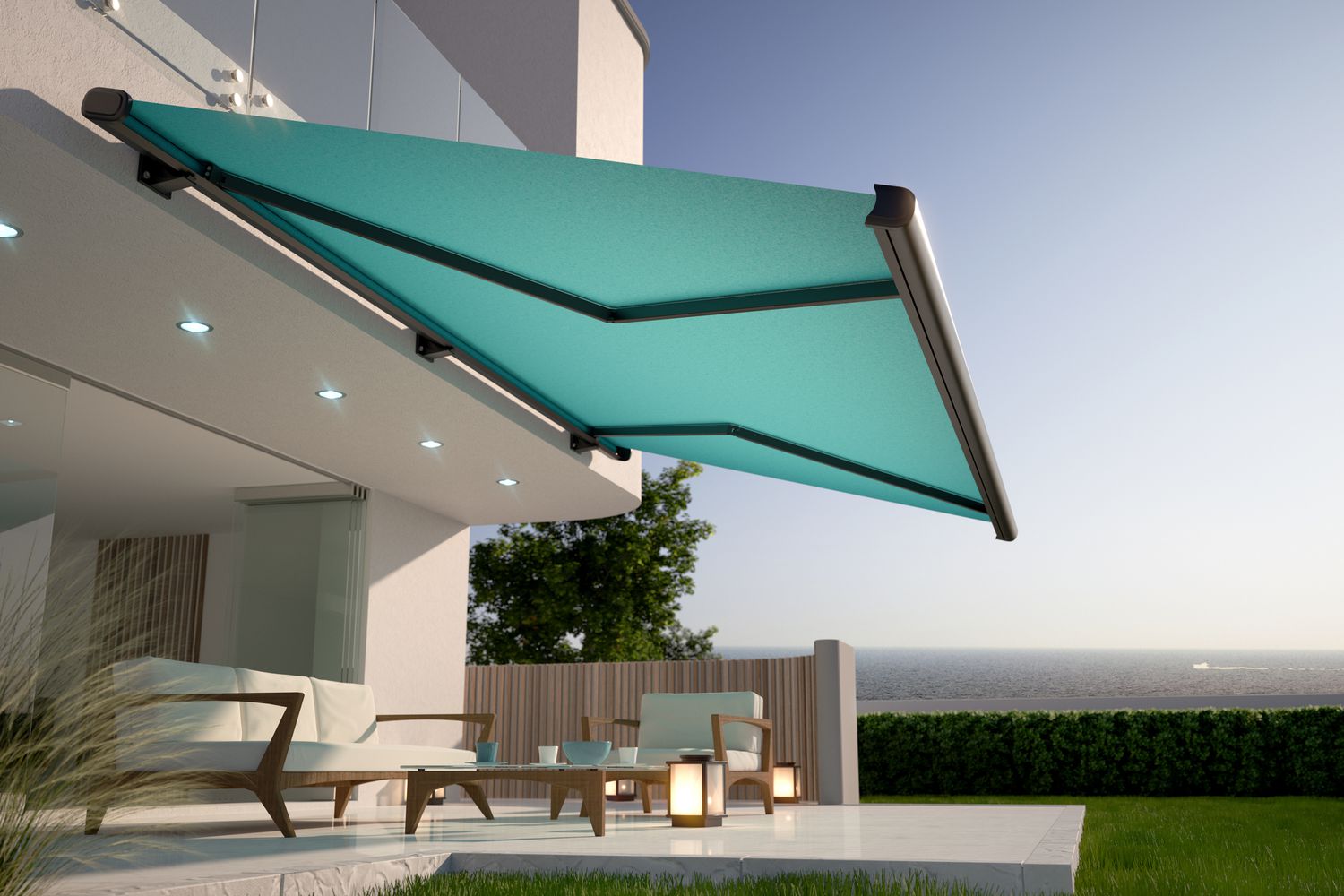
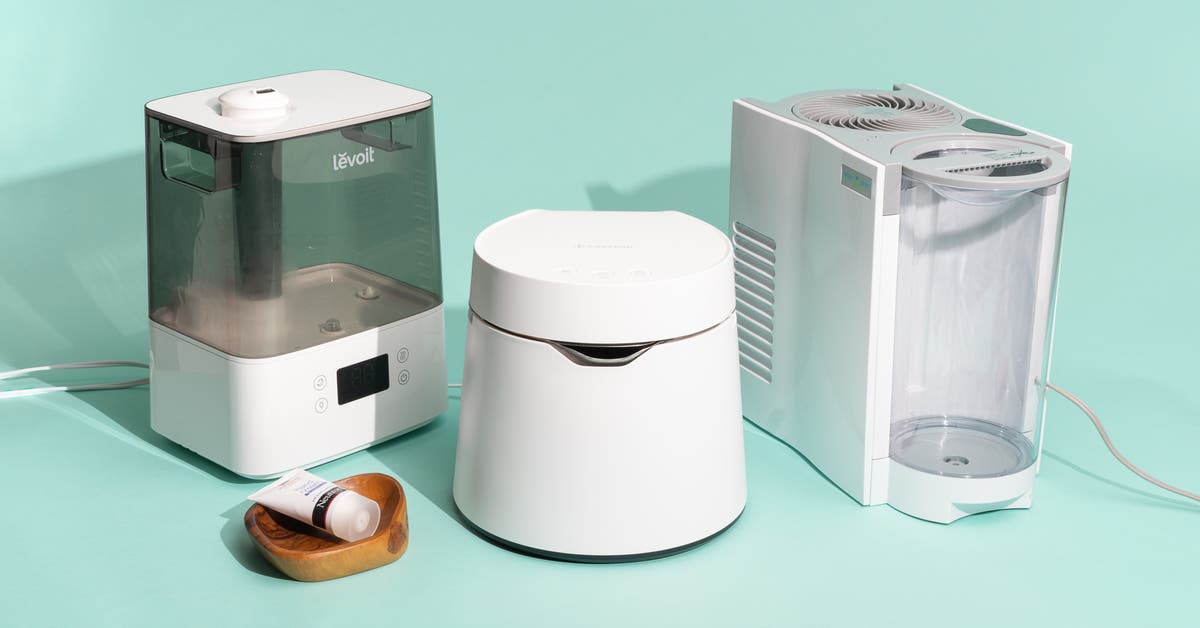
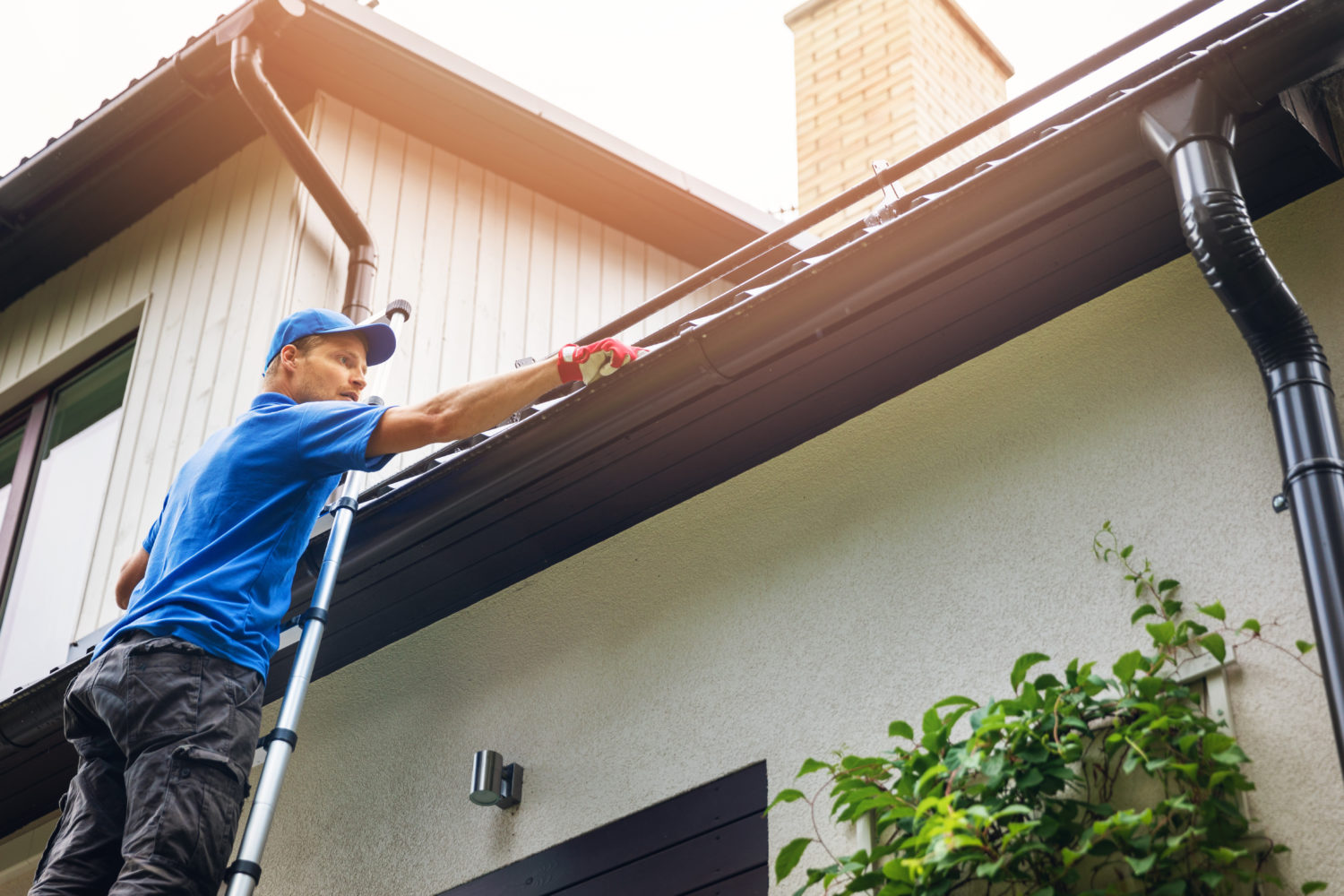
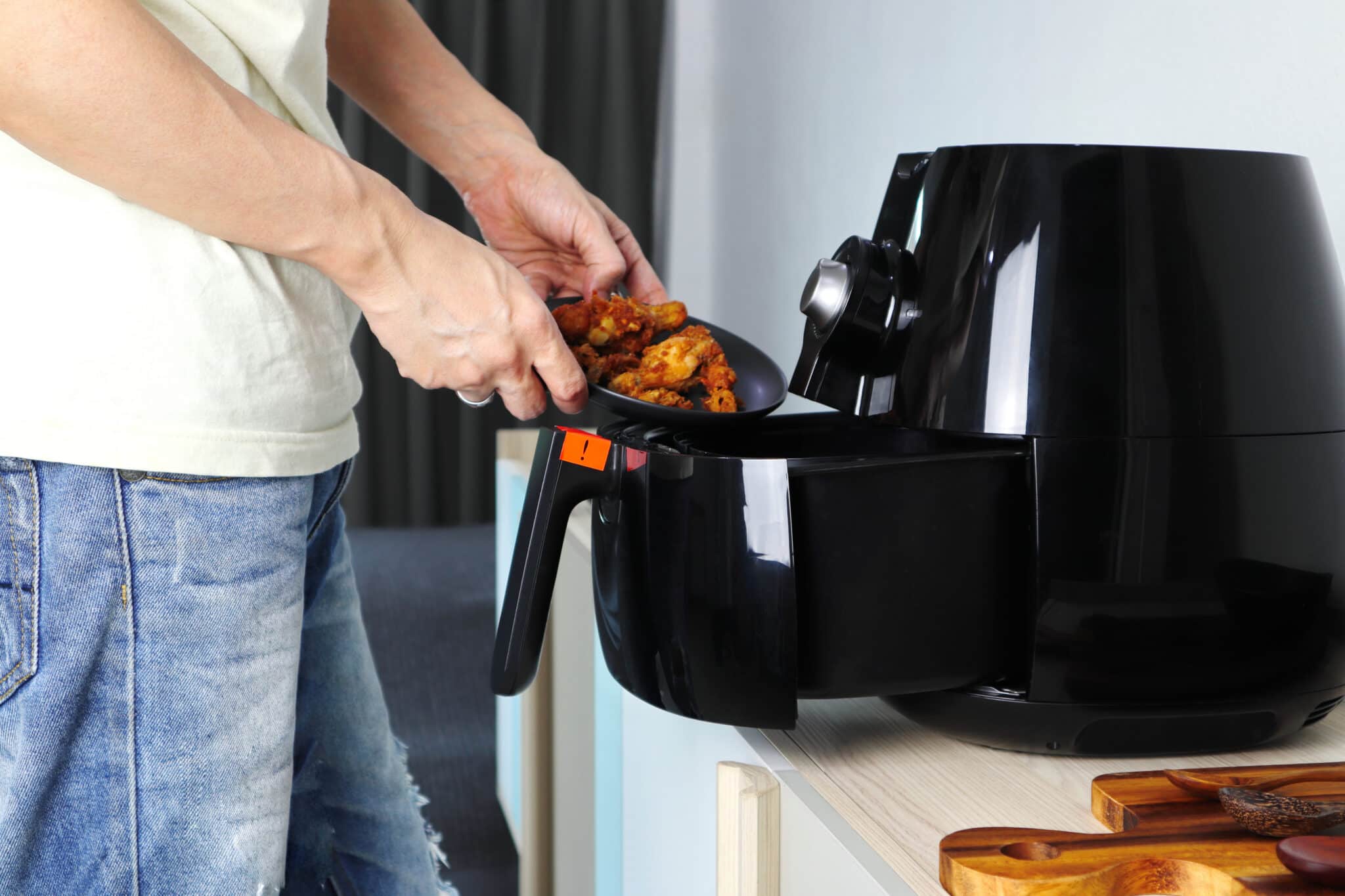
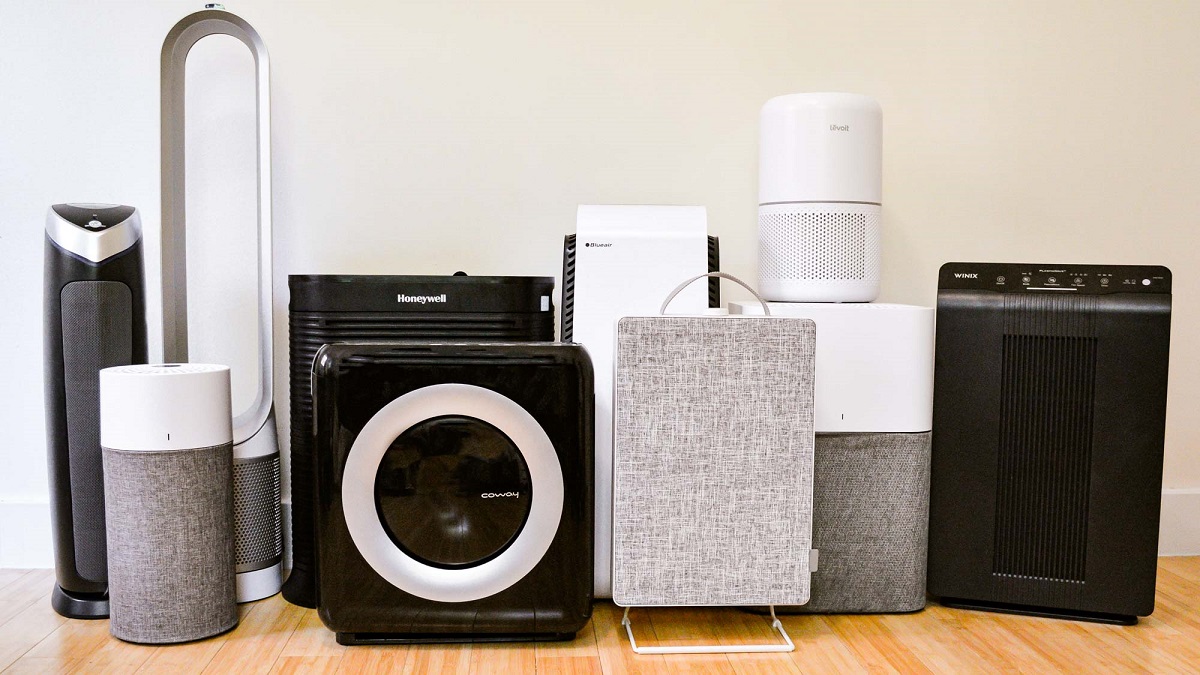

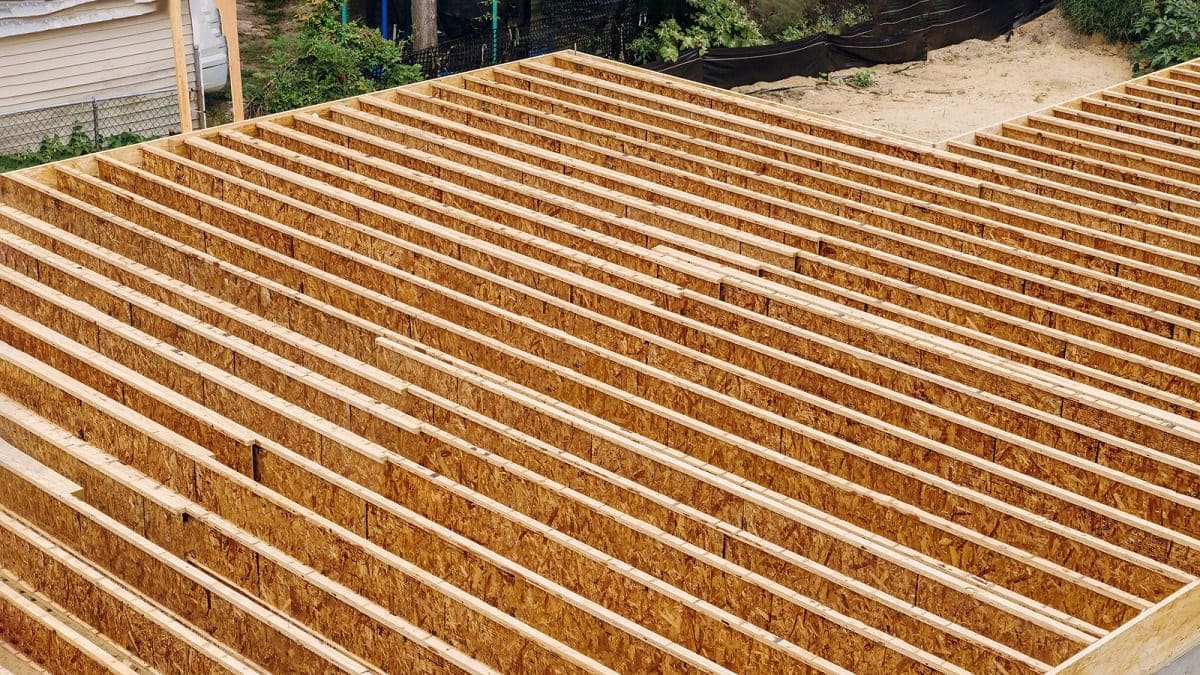

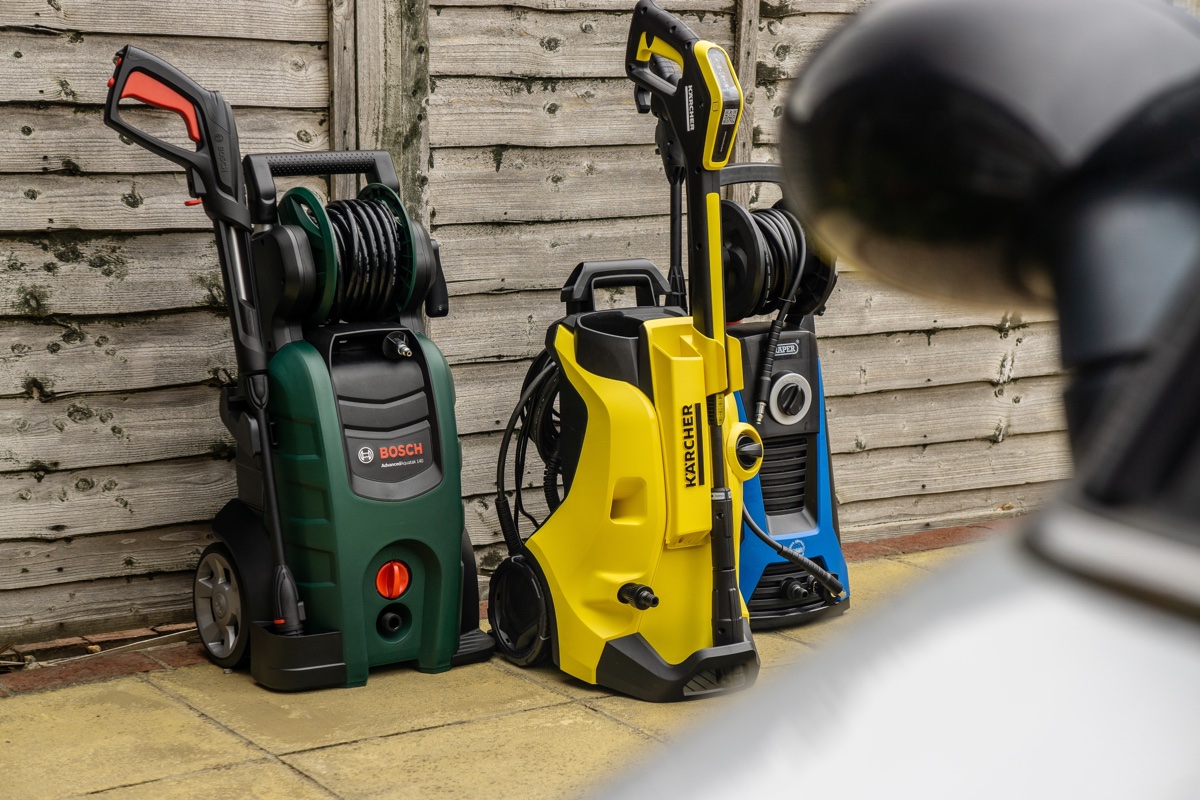

0 thoughts on “What Size Whole House Surge Protector Do I Need”